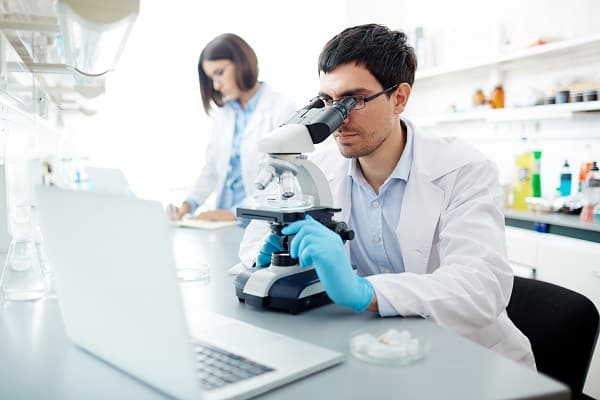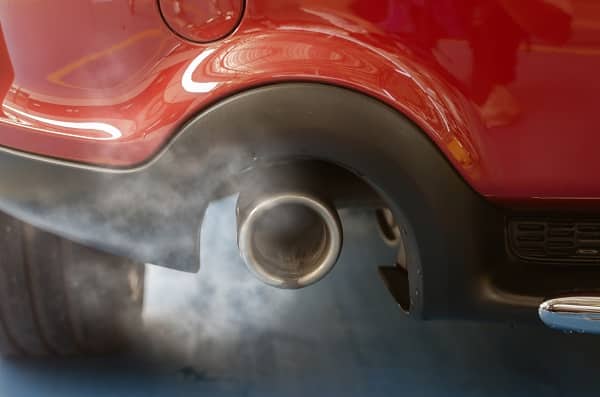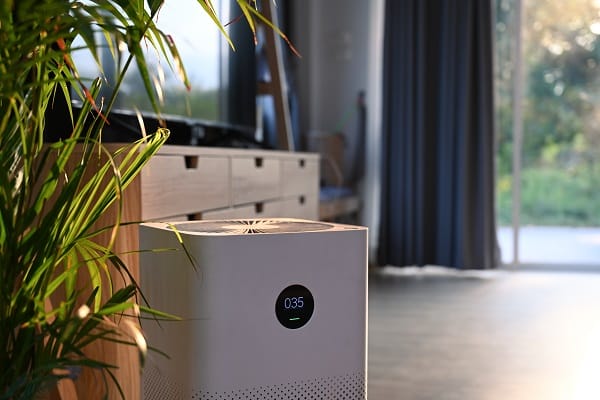Air pollution has become an invisible enemy, silently affecting millions of lives worldwide. According to the World Health Organization, 9 out of 10 people breathe air containing high levels of pollutants. This alarming statistic underscores the urgent need to explore the impact of air pollution on respiratory health. Understanding this relationship is not just a matter of scientific curiosity; it’s a pressing public health issue that affects us all. This post aims to delve into the various aspects of air pollution, its impact on the respiratory system, and what can be done to mitigate its harmful effects. So, let’s take a deep breath and dive in.
Contents
- What Constitutes Air Pollution?
- The Respiratory System: A Brief Overview
- Air Pollution’s Affect On The Respiratory System
- Scientific Studies Supporting The Link
- Government Regulations And Policies
- What Can You Do?
- Future Outlook: What Lies Ahead?
- Take Action Against The Harmful Effects Of Air Pollution
- Related
What Constitutes Air Pollution?

Air pollution is a complex mixture of various substances suspended in the air you breathe. These substances can range from particulate matter and nitrogen dioxide to sulfur dioxide and volatile organic compounds. They emanate from multiple sources, including industrial activities, vehicular emissions, and even natural events like wildfires and volcanic eruptions. Understanding the constituents of air pollution is the first step in grasping its impact on respiratory health.
While the term “air pollution” may conjure images of smog-filled cities, it’s crucial to recognize that this issue is not confined to urban areas. Rural regions can also be affected, especially those near industrial sites or agricultural activities that involve the use of harmful chemicals. The ubiquity of air pollution makes it a global concern, affecting people regardless of their geographical location or socio-economic status.
The Respiratory System: A Brief Overview

The respiratory system is a marvel of biological engineering, designed to facilitate the essential process of gas exchange. It consists of various components, including the lungs, bronchi, and alveoli. These parts work in harmony to ensure that oxygen is absorbed into the bloodstream and carbon dioxide is expelled. A healthy respiratory system is vital for overall well-being, making it all the more important to understand how air pollution affects it.
When discussing the respiratory system, it’s not just about the lungs. The nose, throat, and even the diaphragm play crucial roles in breathing. These components are the first line of defense against airborne pollutants. They filter the air to some extent, but they are not foolproof. Harmful particles and gases can still penetrate these natural barriers, leading to a range of health issues that you’ll explore in the next section.
Air Pollution’s Affect On The Respiratory System

Inhaling polluted air has immediate and long-term consequences for respiratory health. Short-term exposure can lead to symptoms like irritation of the eyes and throat, coughing, and shortness of breath. These symptoms may seem trivial, but they are warning signs that should not be ignored, as they can escalate into more severe health issues over time.
Long-term exposure to air pollution has even more dire implications. It can lead to chronic respiratory diseases such as asthma, bronchitis, and even lung cancer. Vulnerable populations, including children, the elderly, and individuals with pre-existing health conditions, are at a higher risk. The insidious nature of air pollution makes it a silent killer, affecting people gradually over time, often without them even realizing it.
Scientific Studies Supporting The Link

Research has consistently shown a strong correlation between air pollution and respiratory health issues. Studies have found that exposure to high levels of pollutants can lead to an increase in hospital admissions for respiratory problems. These findings are not isolated to a specific region; they are a global phenomenon affecting countries with varying levels of industrialization and healthcare infrastructure.
Statistical data further solidifies this link. For instance, spikes in air pollution levels have been associated with a rise in mortality rates due to respiratory diseases. This data is not just numbers on a page; it represents real lives impacted by the quality of the air people breathe. The evidence is overwhelming, making it imperative for governments and individuals alike to take action.
Government Regulations And Policies

Governments around the world have implemented various regulations and policies aimed at controlling air pollution. These range from emission standards for vehicles and industries to restrictions on the use of certain harmful chemicals. However, the effectiveness of these measures is a subject of ongoing debate.
Despite existing regulations, air pollution levels in many regions continue to exceed safe limits. This raises questions about the adequacy of current policies and the need for stricter enforcement. International efforts, such as global climate agreements, also play a role but often lack the teeth to bring about significant change.
What Can You Do?

Taking personal steps to minimize exposure to air pollution can make a significant difference. Using air purifiers at home, wearing masks when going outside, and avoiding outdoor activities during high pollution days are some measures that can help. These actions, while beneficial, are not a substitute for systemic change but can serve as a stopgap.
Community-level actions can also contribute to reducing air pollution. Carpooling, using public transportation, and participating in tree-planting drives are examples of how collective efforts can make an impact. Advocacy for cleaner technologies and stricter regulations is another avenue through which individuals can make their voices heard.
Future Outlook: What Lies Ahead?

Technological advancements offer a glimmer of hope in the fight against air pollution. Innovations in renewable energy, electric vehicles, and air filtration systems are making it increasingly possible to reduce emissions. These technologies, however, need to be adopted on a large scale to make a meaningful impact.
Ongoing research in the field of respiratory health is also promising. Scientists are exploring new ways to mitigate the effects of air pollution on the lungs and other respiratory organs. While these developments are encouraging, they underscore the need for a multi-pronged approach that includes technological solutions, policy changes, and individual actions.
Take Action Against The Harmful Effects Of Air Pollution
Air pollution is a pervasive issue that demands immediate attention, not just from policymakers but from each individual. While this post has explored the various facets of this complex problem, the underlying message is clear: the time for action is now. The responsibility to breathe life into a cleaner future lies with everyone. Let’s not wait until the air becomes too thick to breathe.


